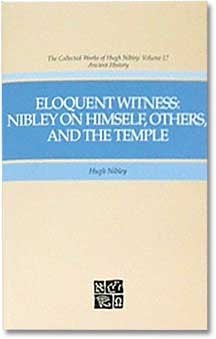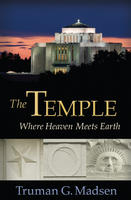The Fall of Adam and Eve in the Armenian Aprocrypha

Detail from The Temptation by William Strang. 1899. Oil on canvas. Tate Gallery.
The account of the Fall of Adam and Eve in the Bible is relatively succinct, particularly in the vocal exchanges between the serpent, Eve, and Adam (bolded below). What details we know of the Fall come primarily from chapter 3 of Genesis:
1 Now the serpent was more subtil than any beast of the field which the Lord God had made. And he said unto the woman, Yea, hath God said, Ye shall not eat of every tree of the garden?
2 And the woman said unto the serpent, We may eat of the fruit of the trees of the garden:
3 But of the fruit of the tree which is in the midst of the garden, God hath said, Ye shall not eat of it, neither shall ye touch it, lest ye die.
4 And the serpent said unto the woman, Ye shall not surely die:
5 For God doth know that in the day ye eat thereof, then your eyes shall be opened, and ye shall be as gods, knowing good and evil.
6 And when the woman saw that the tree was good for food, and that it was pleasant to the eyes, and a tree to be desired to make one wise, she took of the fruit thereof, and did eat, and gave also unto her husband with her; and he did eat.
7 And the eyes of them both were opened, and they knew that they were naked; and they sewed fig leaves together, and made themselves aprons. (Gen. 3:1-7)
Some Armenian Apocrypha manuscripts have been translated into English in recent decades which expand on the Fall narrative substantially, and which are enlightening to compare and contrast with the Genesis account and the account as presented in the temple ((As suggested by Dr. Tvedtnes in his FAIR presentation below)). [Read more…]

 As someone recently quipped, “I’m so glad Nibley’s not letting a little thing like being dead slow down his publishing schedule!” ((
As someone recently quipped, “I’m so glad Nibley’s not letting a little thing like being dead slow down his publishing schedule!” (( Truman G. Madsen is also publishing a new 224-page book to be released in just a few days on July 30, 2008 entitled
Truman G. Madsen is also publishing a new 224-page book to be released in just a few days on July 30, 2008 entitled  While there is undoubtedly an abundance of temple allusions in the whole of Enoch apocryphal literature, I
While there is undoubtedly an abundance of temple allusions in the whole of Enoch apocryphal literature, I